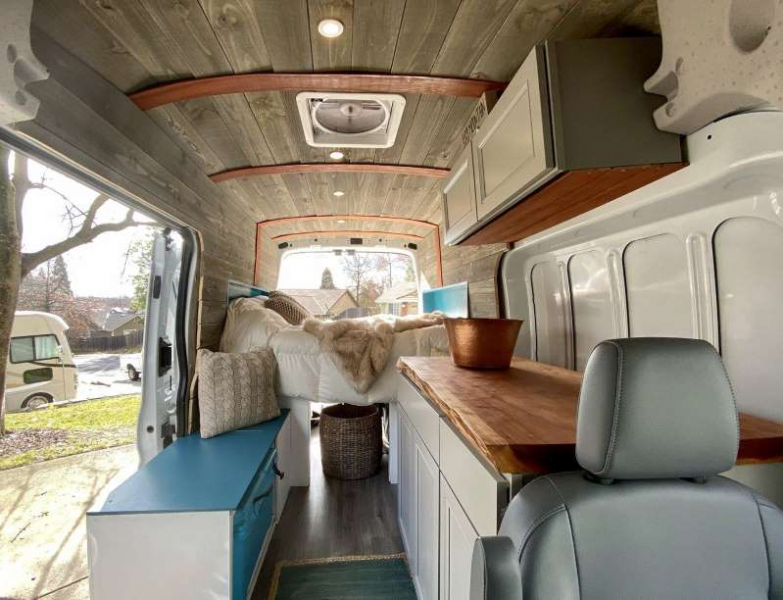Holidays with a mobile home or caravan are very popular in times of pandemic.

From tents to glamorous mobile homes: there is something for everyone. Campers are around two meters wide, motorhomes 2.30 meters wider, better insulated and more comfortable. Schörghuber gives clues for new purchases: caravans for € 20,000, vans for € 50,000, motorhomes for € 60,000 (depending on the additional equipment up to € 90,000) Advantage: camping vehicles have a very stable value
While hotels are empty, planes remain on the ground and cruises are canceled, business in the German motorhome and camping car industry is also doing well in the corona pandemic.
It is true that the manufacturers produced almost 116,000 vehicles in 2020, 6.9 percent fewer mobile homes and camping cars than in the previous year. According to the industry association CIVD, this was not due to a lack of buyers.
The demand for motorhomes in particular is enormous, CIVD President Hermann Pfaff reported in an online press conference on Thursday. The production backlog caused by temporary plant closings and disrupted supply chains in spring 2020 “could not be made up despite overtime and overtime”. The result: the order books for 2021 are full.
The trade in used vehicles has grown strongly. Almost 165,000 mobile homes and caravans have changed hands. “The extremely strong demand sometimes exceeds the supply,” said Pfaff.
Thanks to the growth in the trade in used vehicles and the increased sales of accessories, total sales in the industry rose by 6 percent in 2020 to a record value of 12.5 billion euros.
“Caravanning holidays are particularly safe in pandemic times,” says Pfaff as one of the reasons why more and more people are traveling with their beds, bathrooms and kitchens. In addition, the industry also benefits from demographic change. “The solvent and enterprising target group 50 plus is growing continuously,” said the head of the association.
Because buying a motorhome is not exactly cheap. In the middle of last year, the CIVD determined the average new price of such a home on four wheels to be more than 70,000 euros.
Business is also going well with motorhome rental companies. After a wave of cancellations in the spring lockdown, the reservations quickly picked up again, reported the managing director of the Caravaning Trade Association, Oliver Waidelich. “We assume that demand will continue to grow in 2021.”
Landlords have had more bookings for spring and summer than at the same time last year.
That is why the campsites in Germany were well filled in 2020. In the past year, the number of overnight stays has probably only decreased by 4 percent, according to the Federal Association of the Camping Industry.
Compared to the entire accommodation industry, the campsites got off well. The guests from Germany even saw an increase of 4 percent.
The head of the caravan association, Pfaff, fears that a lack of parking spaces could slow down his industry. If the number of mobile homes and caravans continues to rise so rapidly, “there is a risk of bottlenecks at hotspots and in the high season”. However, the managing director of the camping association, Christian Günther, assured: “In many regions the capacities are far from being exhausted.” Especially outside of the summer and public holidays there are many free places. In addition, new systems would be added.
And Pfaff brings up another argument in favor of a vacation with a mobile home. “Caravanning has a better carbon footprint than many other forms of vacation.” But that is hardly likely to be due to the motors of the motorhomes. “Motorhomes look green,” said the car expert Ferdinand Dudenhöffer.
In operation, however, the vehicles are “anything but green”. The CO2 emissions of the mobile homes sold in Germany in December 2020 averaged 289 grams per kilometer. Dudenhöffer has calculated that this is more than twice as high as the average new car. The RV providers should therefore switch to electric mobility faster, either with plug-in hybrids or fully electric vehicles, he said.

